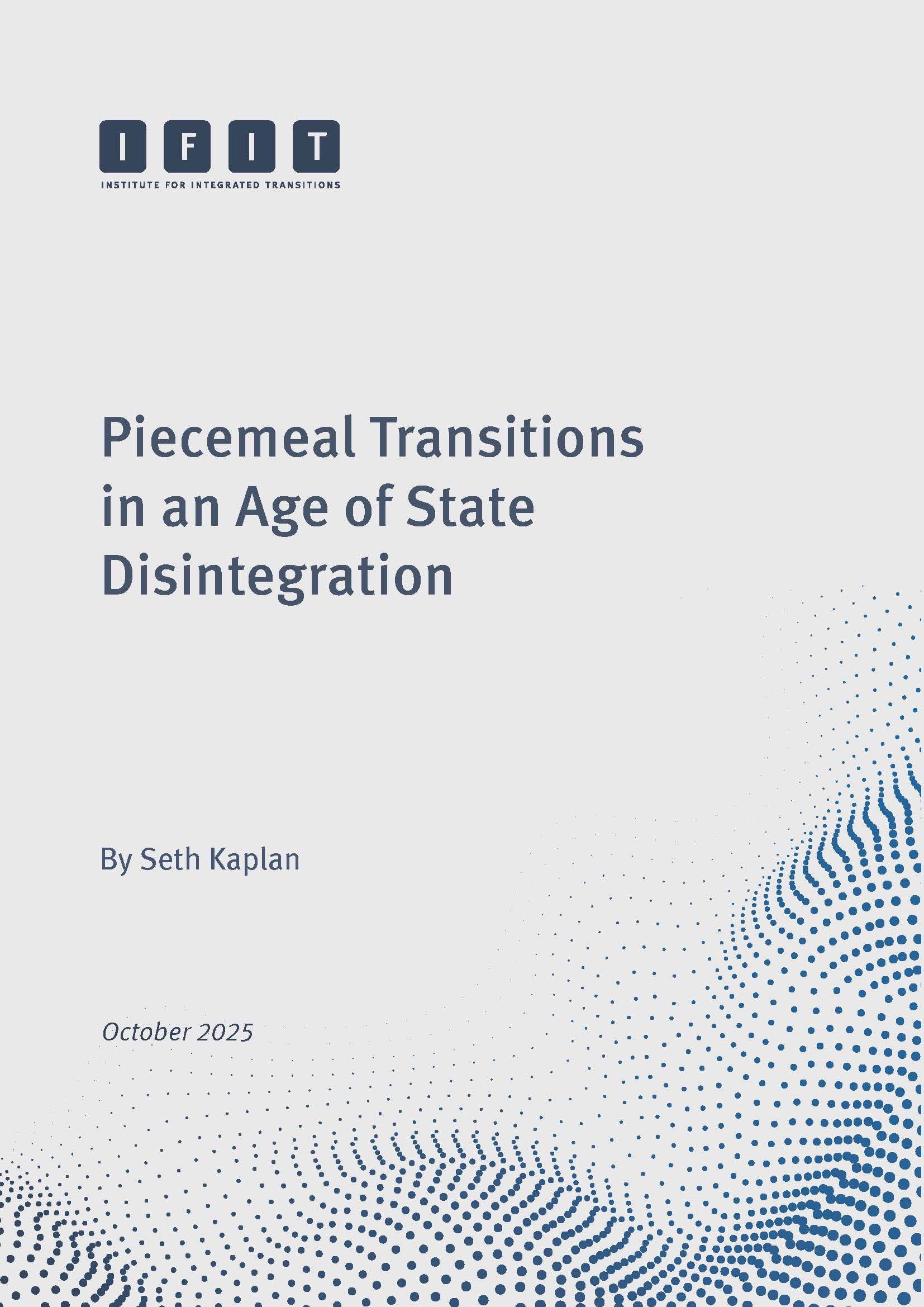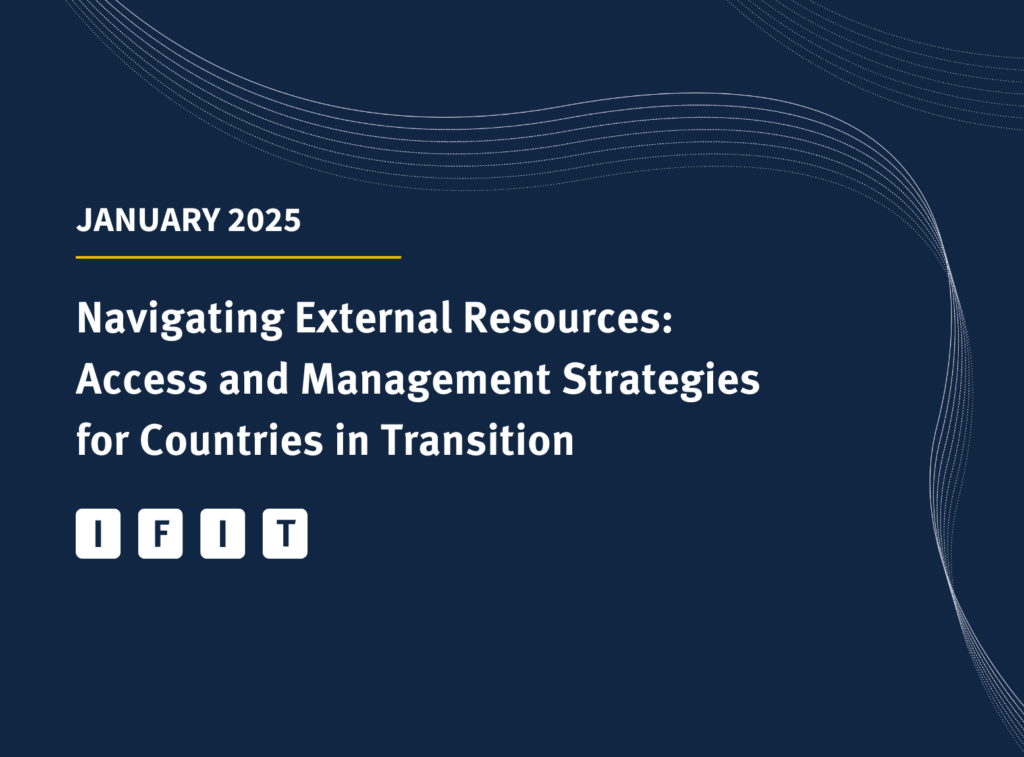Publication
/ Transitions
Oct 2025
Piecemeal Transitions in an Age of State Disintegration
The world is undergoing a profound transformation as the balance of power between non-state and state actors shifts visibly and dramatically in favour of the former. States—and societies—have become more fragmented, making the maintenance and restoration of stability harder and requiring more creativity than in the past.
Four specific trends stand out: 1) new communications technology is empowering non-state actors and weakening national cohesion; 2) the proliferation of weapons is weakening the state’s significant edge in using violence; 3) new ideologies are increasing the centrifugal forces acting on states; and 4) an increasingly multipolar power dynamic is weakening the international response.
Under these conditions, central governments in many fragile states are simply not robust enough to exercise authority over the militias, ethnic groups, criminal gangs, terrorists, warlords, and outside actors who increasingly compete for control of their territories no matter how much international aid the central governments receive, what election is held, or in what way negotiations are advanced.
The fact is that most fragile and conflict-affected states must first move from disorder to order, building institutions that can work at a minimum level before growing in capacity, reach, and ambition over time. The new default should be on piecemeal transitions that leverage pockets of cohesion and robust institutions in whatever form they already exist. This would yield flatter, more horizontal states that are deeply decentralised and with a mosaic of different governance approaches rather than a standard unitary model.
The DOI registration ID for this publication is: https://doi.org/10.5281/zenodo.17302771.
You may also be interested in
The world is undergoing a profound transformation as the balance of power between non-state and state actors shifts visibly and dramatically in favour of the former. States—and societies—have become more fragmented, making the maintenance and restoration of stability harder and requiring more creativity than in the past.
Four specific trends stand out: 1) new communications technology is empowering non-state actors and weakening national cohesion; 2) the proliferation of weapons is weakening the state’s significant edge in using violence; 3) new ideologies are increasing the centrifugal forces acting on states; and 4) an increasingly multipolar power dynamic is weakening the international response.
Under these conditions, central governments in many fragile states are simply not robust enough to exercise authority over the militias, ethnic groups, criminal gangs, terrorists, warlords, and outside actors who increasingly compete for control of their territories no matter how much international aid the central governments receive, what election is held, or in what way negotiations are advanced.
The fact is that most fragile and conflict-affected states must first move from disorder to order, building institutions that can work at a minimum level before growing in capacity, reach, and ambition over time. The new default should be on piecemeal transitions that leverage pockets of cohesion and robust institutions in whatever form they already exist. This would yield flatter, more horizontal states that are deeply decentralised and with a mosaic of different governance approaches rather than a standard unitary model.
The DOI registration ID for this publication is: https://doi.org/10.5281/zenodo.17302771.






